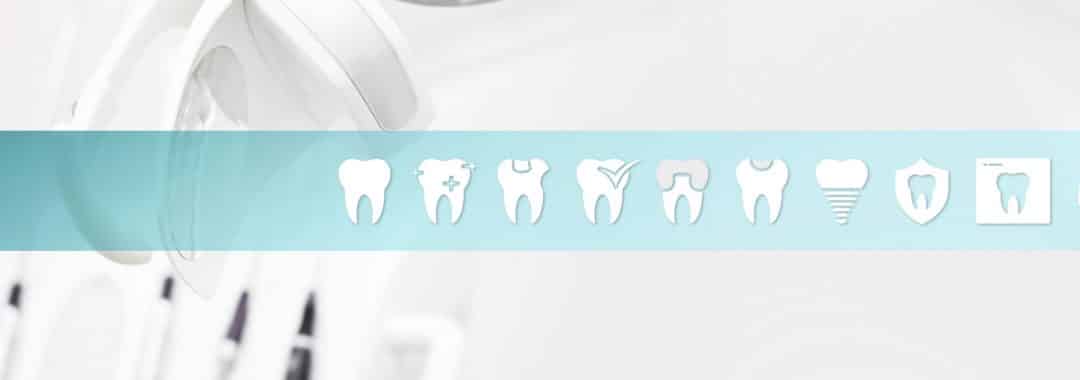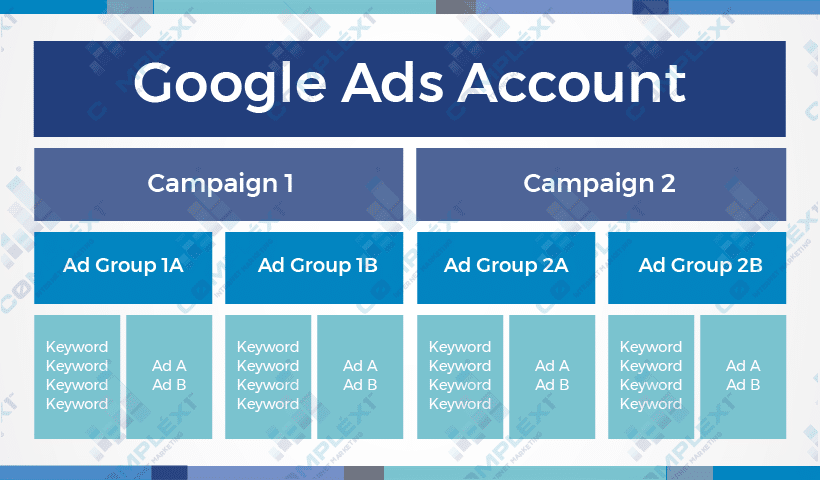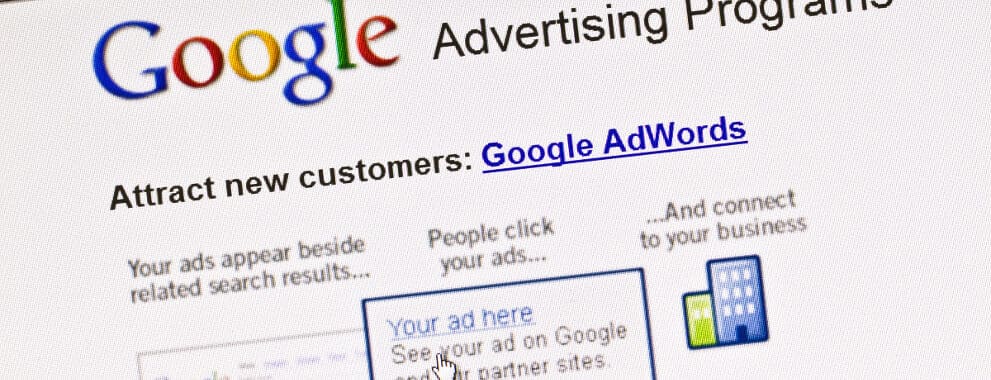There used to be a time when a business could get attention from consumers via radio and tv ads, mail marketing and appearances in the phone book and local newspapers. Those times are no more and reality is that 85% of consumers are using the internet to search for local businesses[source].
Most of your clients aren’t listening to the radio anymore, they’re on Spotify and listening to podcasts. They’re not checking the local newspaper and instead consuming digital media at a fast pace. Old marketing strategies are no longer effective so it’s time to jump into the future and get right onto digital marketing for dental practices.
Digital marketing isn’t just a matter of social media and newsletters, it’s a way to reach a wider audience and deliver your message to the right people, those who are already out on the web looking for a dental practice like yours.
Keep reading as we look at some of the benefits of digital marketing for dental practices and find out how you can dive right into this new pool of prospects, help your business grow and stay on top.
Digital marketing for dentists vs. traditional marketing strategies
Digital marketing for dental practices makes it possible for you to track results and make the most out of the money you’ve spent. While traditional marketing methods can reach a large audience, there’s no way for you to know how many of those prospects are actually looking for a dentist.
Sure, traditional marketing methods can work and still do, but they’re simply not as effective as digital marketing has proven to be. There’s no way to target your marketing strategy towards a specific group of people using traditional methods. But with digital marketing, it is possible for you to select the demographics, location and more of the people you’re interested to reach with your ad, therefore making it possible for you to create specific ads for specific people of specific ages in specific places.
With offline advertising, every member in your audience receives the same message and for many of them, that message won’t be relevant.
Tools like Google Analytic Demographics help you measure variables such as impressions, click through rates, costs per conversion and so much more, letting you know exactly how your money is being spent and allowing you to track results in a way no traditional marketing strategy ever will.
When it comes to costs, digital marketing is by far a more affordable option. Even if you decide to invest big in Pay Per Click ads, Adwords and SEO strategies, when used right these tools are proven to have a fantastic return on investment.
Creating a digital marketing strategy for your dental practice
A properly executed digital marketing campaign for dental practices allows you to target potential, current and even former patients with the appropriate message for them, at the right time and over the best possible channels.
Paid digital advertising
Pay Per Click (PPC) ads are a very effective way to get your practice’s name out there, especially to patients who may not have heard of you before. PPC can be split into search, social and display ads, all different manners in which to use advertising platforms to get your content in front of potential patients. When done right, the return on investment of these digital marketing for dentists practices will be highly beneficial for your business.
When building a paid digital advertising campaign, you’re in total control of the message being sent, while also being able to track the results in detail. For example, if you’re looking to advertise your dental whitening services, creating a well-crafted specified message will be key to the success of your campaign.
Said PPC advertisement can be used in search ads, which are online ads that appear on search engine results everytime someone looks up a certain service, phrase or product associated to your dental practice on Google or any major search engine. It can also be used in social media platforms and display ads, which are the ad boxes that appear on the tops or sides of a website.
Depending on your specific goals and target audience, it’s up to you to decide which of these paid advertising strategies will work best for your dental practice.
Sponsored content
Sponsored digital content is paid content that’s shared on blogs or other publication sites aligned to your business, providing the type of information that the site’s audience is already looking for. For example, your next teeth whitening ad could appear in a beauty blog, right next to a post mentioning different tips to attain a white, pearly smile.
Video advertising
In this day and age it’s all about the visuals, with videos being a major success in the digital marketing world.
Video ads can be a great way to advertise your practice because audiences online are looking for content, but they want it in a format they can easily consume and engage with, and a video happens to be the perfect form.
Creating a pool of content people will want to view, such as videos sharing tips and advice regarding oral health, testimonials from your current patients, or “How To” guides is a perfect way to get people interested. When they’re interested, they’ll want to share your content and spread your message.
Email marketing
A common strategy in digital marketing for dental practices comes from email marketing. It works by sending a targeted email to a customer or lead list. This could be a newsletter, special offers or even the chosen way to share medical results with your patients.
Remarketing
Remarketing acts as a constant reminder of your dental practice’s services to potential customers. It works by collecting the data of websites browsed by your prospects in order to later send them ads featuring content coming from those same sites they were previously looking at.
For dental practices, remarketing works as a way to push people into scheduling an appointment with you, while allowing you to track users who have gone through your website without incurring into any significant actions, and sharing your ads on other websites they visit.
Analytics
Of course, the best part about all of these strategies is the time in which you’re able to track down all of your efforts, and that’s when marketing analytics comes in. With the use of analytics tools you can see how well your ads are performing, where traffic is coming from, and what’s working and what isn’t.
Marketing analytics allows you to look at your audience demographics, click through rates, impressions, costs per conversion and much more, all letting you know exactly how your digital marketing strategy is working and giving you a much clearer path when planning your content strategy and advertising.
Make digital marketing work for you
As you now see, digital marketing for dental practices is a certain way to help your business grow without breaking the bank. The money you used to spend in traditional advertising strategies through offline platforms can now be redirected towards a much more controllable, clear and modern strategy.
By setting up a good marketing plan that takes into consideration your dental practice’s goals and needs, the opportunities for success are infinite. It’s all about diving into your creativity and building meaningful relationships, while offering your audience the type of content and information they’re already looking for all over the internet.






